Birdwatching is a popular outdoor activity that people of all ages enjoy. It’s a great way to connect with nature and appreciate its beauty. In the Netherlands, many people love spending time in the open air, whether it’s in the woods, on the beach, or in other outdoor areas. Nature in the Netherlands is truly amazing, and the best part is that it doesn’t cost anything to enjoy it. As the famous Dutch painter Vincent van Gogh once said, “If you truly love nature, you will find beauty everywhere.”
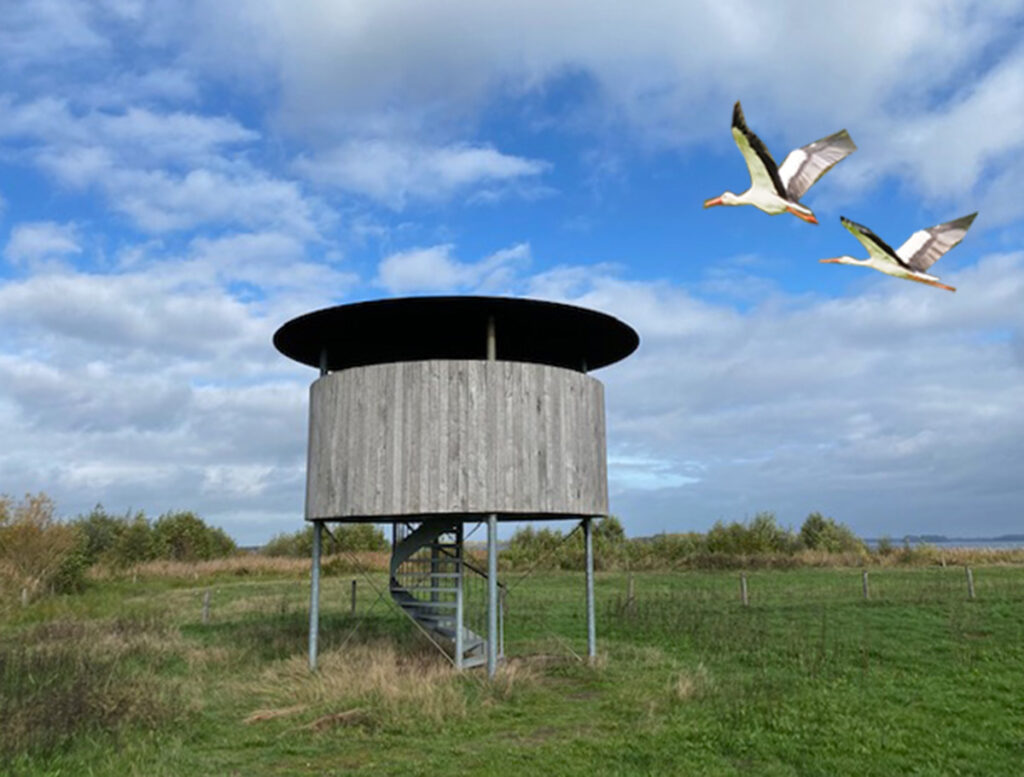
How to find the best birdwatching or birding cabins in the Netherlands? Best way is to visit the website Vogelkijkhut, here you find loads of information. These places are not to stay over but just for looking.
How to find a nice place to stay in nature, a birdwatching cottage? Best way is to visit the website Natuurhuisje, here you find loads of nice places to stay, watch birds and enjoy the silence of nature.
➔ READ MORE – Vogelkijkhut | Birdwatching cabins
➔ READ MORE – Natuurhuisje | Nature houses
The Netherlands has diverse landscapes. Nature observation therefore is a popular and rewarding activity. The diverse landscapes include wetlands, forests, dunes, and coastal areas. The Netherlands has a rich biodiversity, and enthusiasts can observe a variety of plant and animal species.
Some notable aspects of nature observation in the Netherlands include:
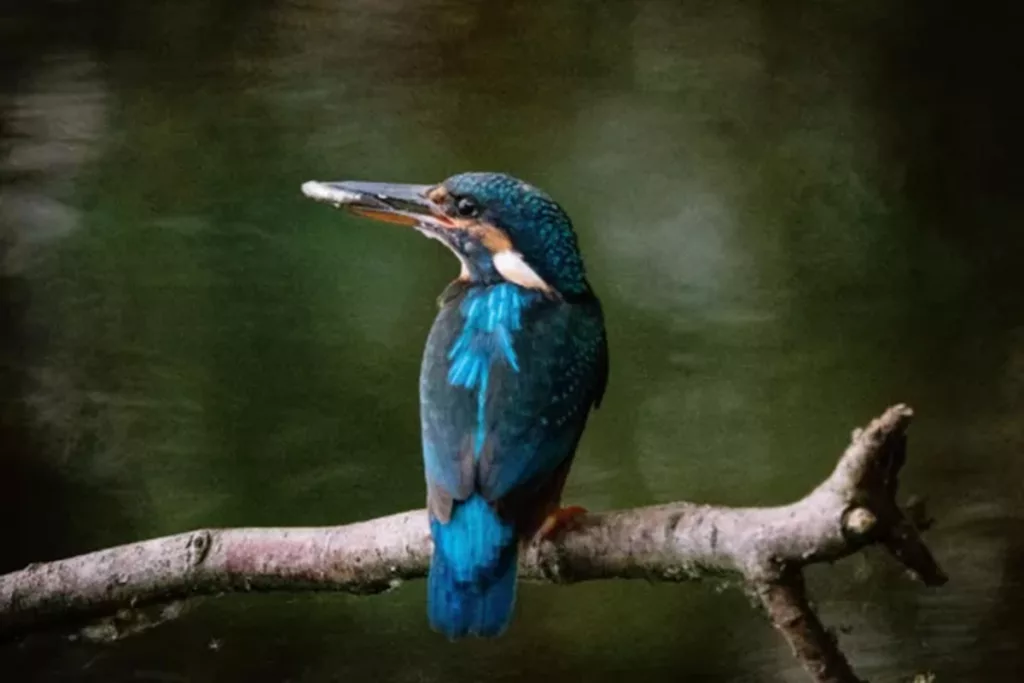
Bird Watching: The Netherlands is a popular destination for birdwatchers due to its diverse habitats, with the Wadden Sea, a UNESCO World Heritage site, being particularly renowned for bird migrations.
Flora and Fauna: Many nature reserves and parks, such as the Hoge Veluwe National Park, offer opportunities to observe a wide range of plant and animal life. The Dutch countryside is adorned with tulip fields in spring, adding to the natural beauty.
Wetland Observation: The Netherlands is known for its extensive network of waterways. Wetland areas like the Biesbosch National Park provide opportunities to observe aquatic plants, birds, and other wetland species.
Nature Reserves: The country has various nature reserves and protected areas, managed by organizations like Natuurmonumenten and Staatsbosbeheer, where visitors can engage in nature observation in a well-preserved environment.
Educational Centers: There are nature and educational centers across the country, including visitor centers in national parks, where you can learn more about the local ecosystems and participate in guided nature walks.
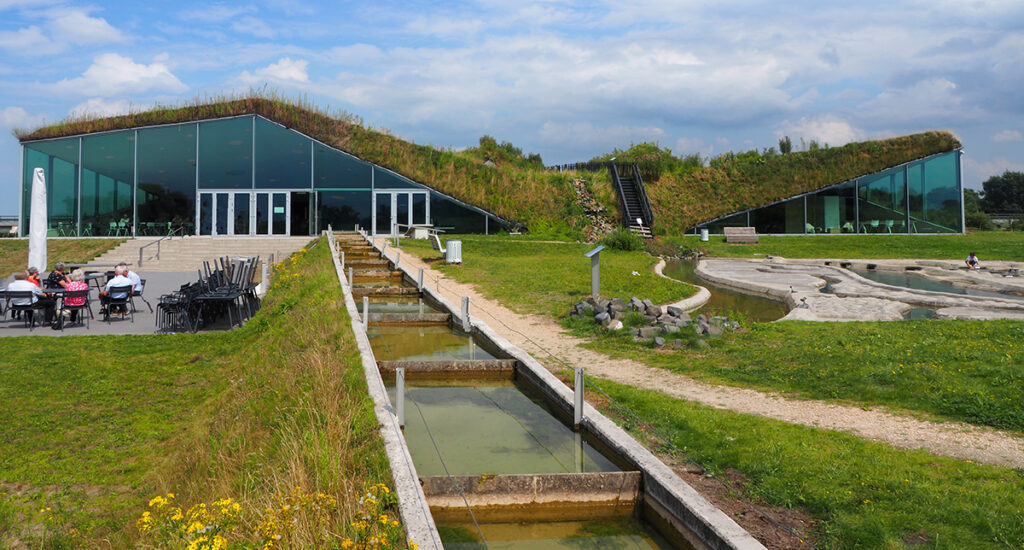
Bird watching: most wanted and famous birds to spot in the Netherlands
Birdwatching in the Netherlands offers a variety of scenic locations and habitats that attract numerous bird species. Here are some additional bird-watching areas in the Netherlands:
Wadden Islands: Texel is a beautiful island located in the Wadden Islands and is well-known for its diverse bird population. The island boasts of various habitats such as marshes, dunes, and mudflats, which provide homes to both migratory and resident birds. De Slufter, a tidal inlet, is a particularly fascinating location to spot some of these birds.
➔ READ MORE – Texel, birdwatching National Park Dunes of Texel
Oostvaardersplassen. This nature reserve, located in Flevoland, is one of the largest wetland areas in Northwestern Europe. It’s home to a wide range of bird species, including various waterfowl, raptors, and waders.
➔ READ MORE – Oostvaardersplassen, national Park
Biesbosch National Park. Situated in the southern part of the Netherlands, Biesbosch is known for its extensive network of rivers, creeks, and wetlands. It’s a haven for waterbirds, and you can explore the area by boat or on foot.
➔ READ MORE – Biesbosch. Birdwatch in Nature Reserve Biesbosch
Zuid-Kennemerland National Park. This coastal park, near Haarlem, combines sand dunes, forests, and meadows. It’s a good location for observing both woodland and coastal bird species.
➔ READ MORE – National Park Zuid Kennemerland
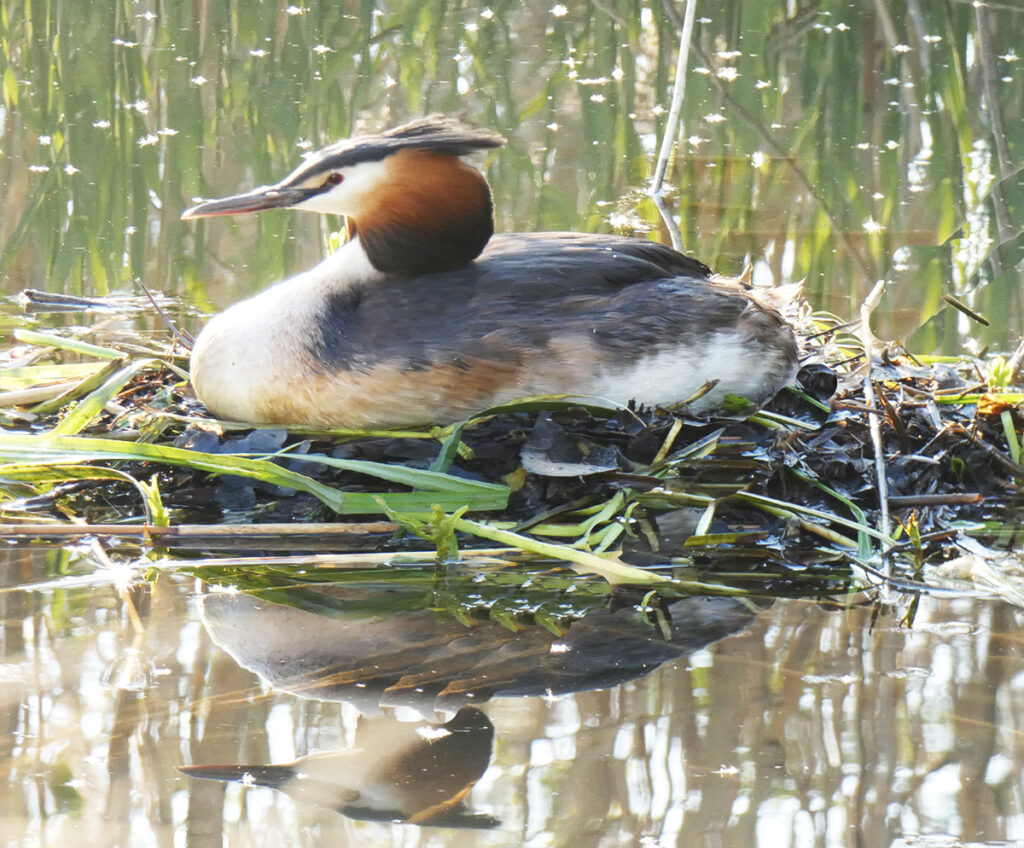
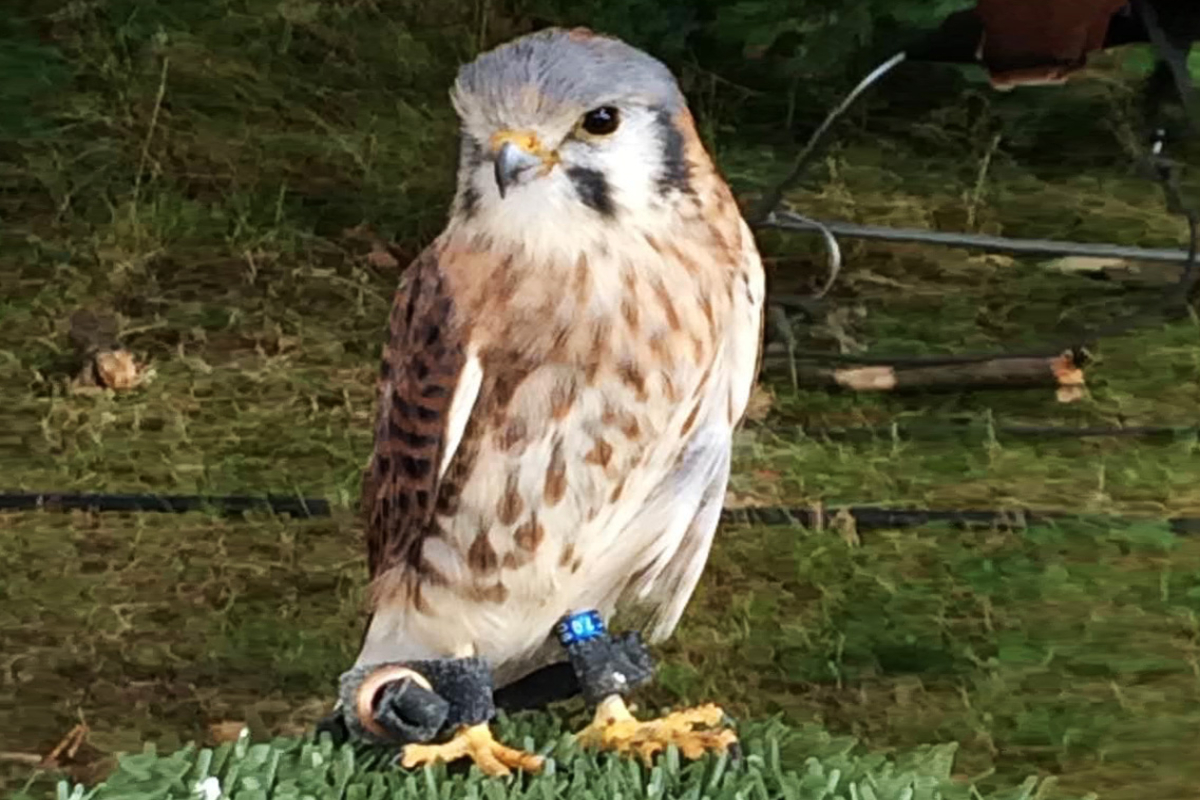
Veluwe. While often associated with woodlands and heathlands, the Veluwe region also offers birdwatching opportunities. The diverse landscapes attract various species, and the Hoge Veluwe National Park is a notable area for nature enthusiasts.
➔ READ MORE – Veluwe, National Park
Delta Works and Zeeland. The Delta Works, a series of dams and storm surge barriers, are surrounded by estuarine habitats that attract shorebirds and waterfowl. Zeeland, with its coastal areas, is another birdwatching hotspot.
➔ READ MORE – Delta Werken / Zeeland birdwatch
Lauwersmeer National Park. This park in the northern part of the country was created from a freshwater bay and saltwater inlet. It’s an important area for migratory birds and is recognized as a crucial bird area.
➔ READ MORE – National Park Lauwersmeer
The best times for birdwatching often coincide with migration seasons in spring and fall. Many of these areas have designated bird hides, observation points, and guided tours, making it easier for birdwatchers to enjoy the diverse avian life in the Netherlands.
Birdwatching: common birds that almost everybody loves but some dislike
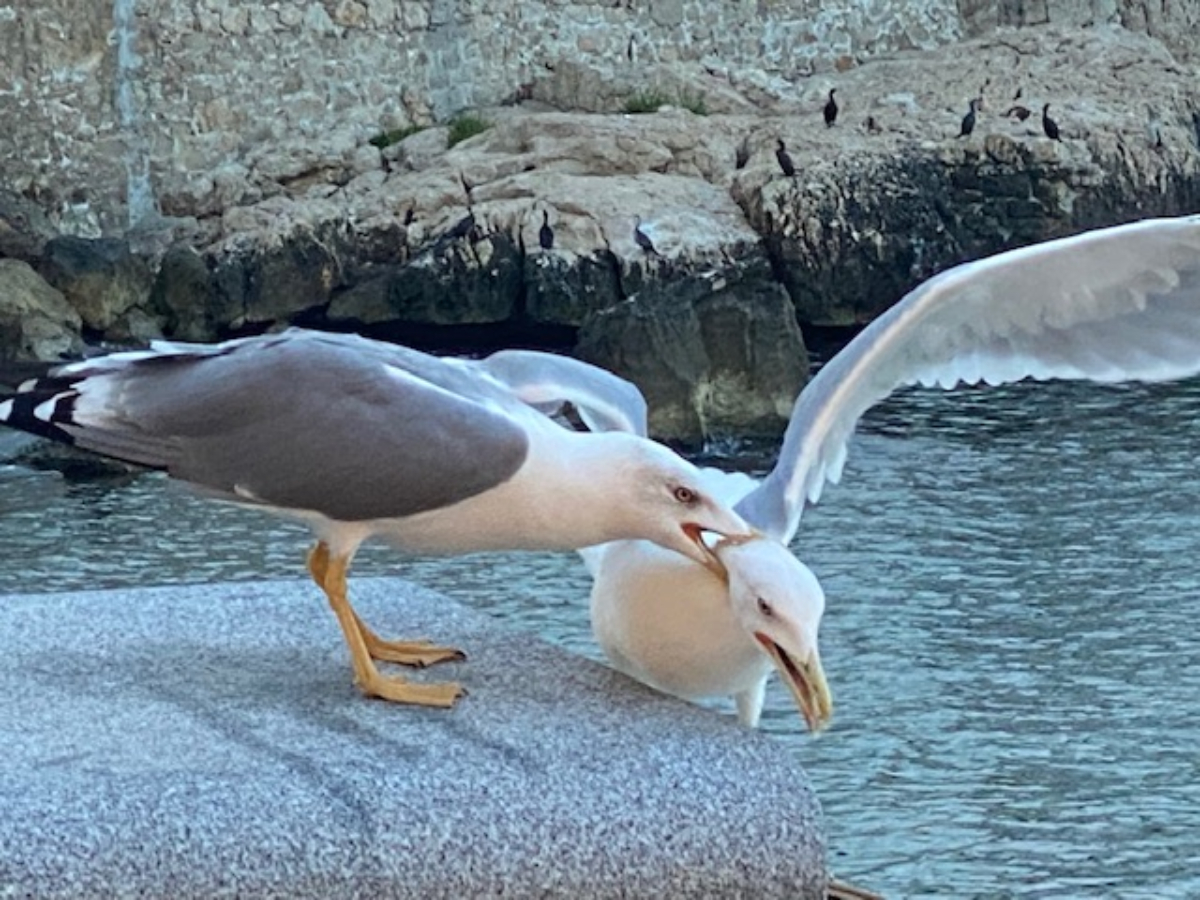
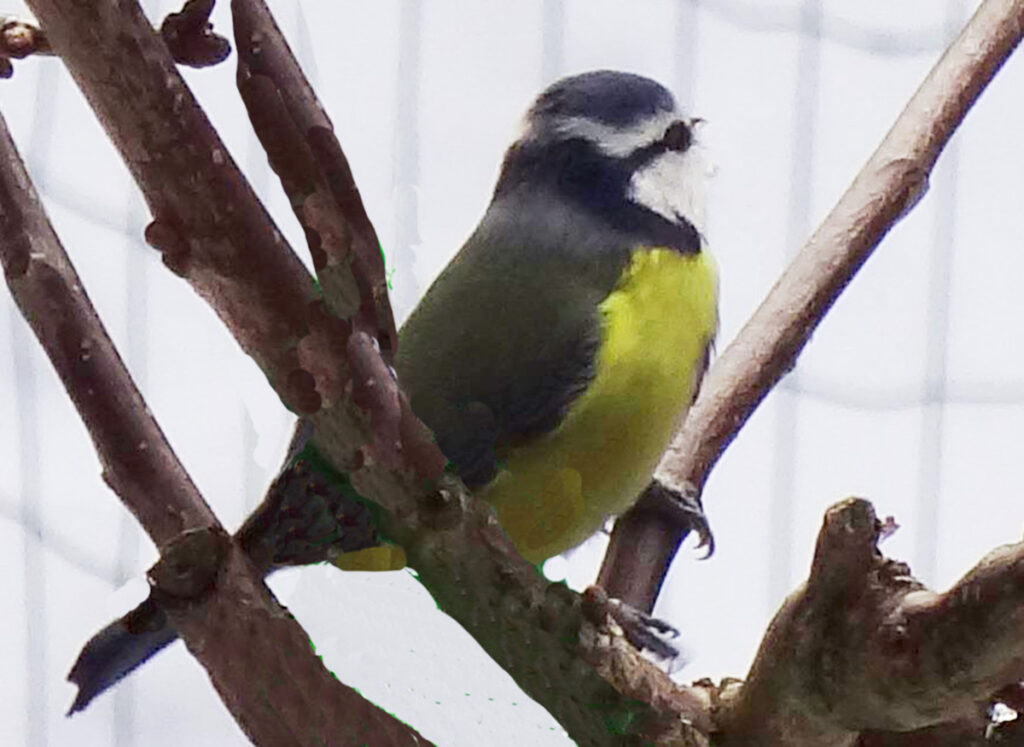
The ring-necked parakeet, a tropical import bird, has settled in the Netherlands. You mainly see this parakeet in Amsterdam’s Oosterpark. Someone once released a parakeet set in the Oosterpark Amsterdam. This bird has multiplied in no time into an unprecedentedly large swarm. In recent years you see the ring-necked parakeets popping up in the rest of the Netherlands. Large swarms can now also be seen in the parks of Utrecht and sometimes they just pop up in front of you.
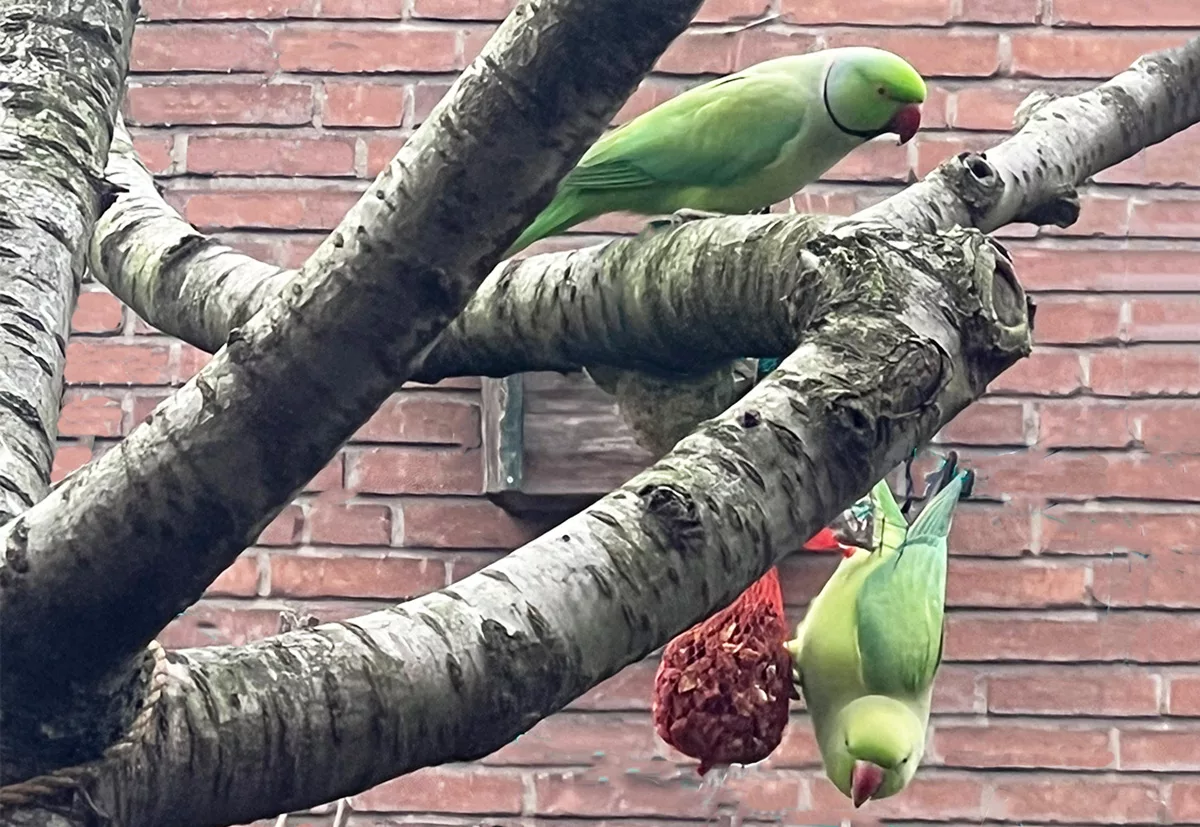
Birdwatching: Water birds
The Dutch Grebe, we say “Fuut’ is a remarkable and graceful bird that adds beauty to the Dutch waterways. With its sleek and elegant appearance, the Dutch grebe glides effortlessly across the serene lakes and canals, creating a picturesque scene that reflects the natural charm of the Netherlands. Observing these birds in their habitat is a joyful experience, and their presence contributes to the rich biodiversity and ecological balance of the Dutch landscapes.
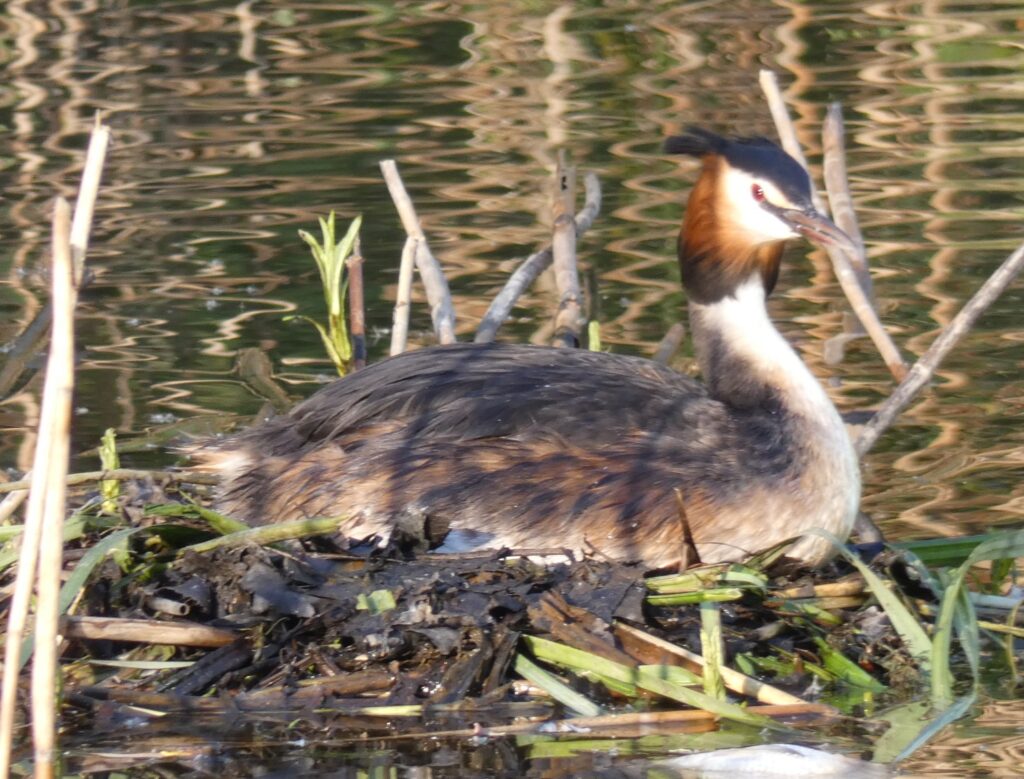
When the Dutch grebe engages in its enchanting courtship dance, adorned with head plumes, it’s a mesmerizing display of love, grace, and natural elegance, turning the waterways into a dance floor of romance. Every time you get a chance to see this it is amazing.
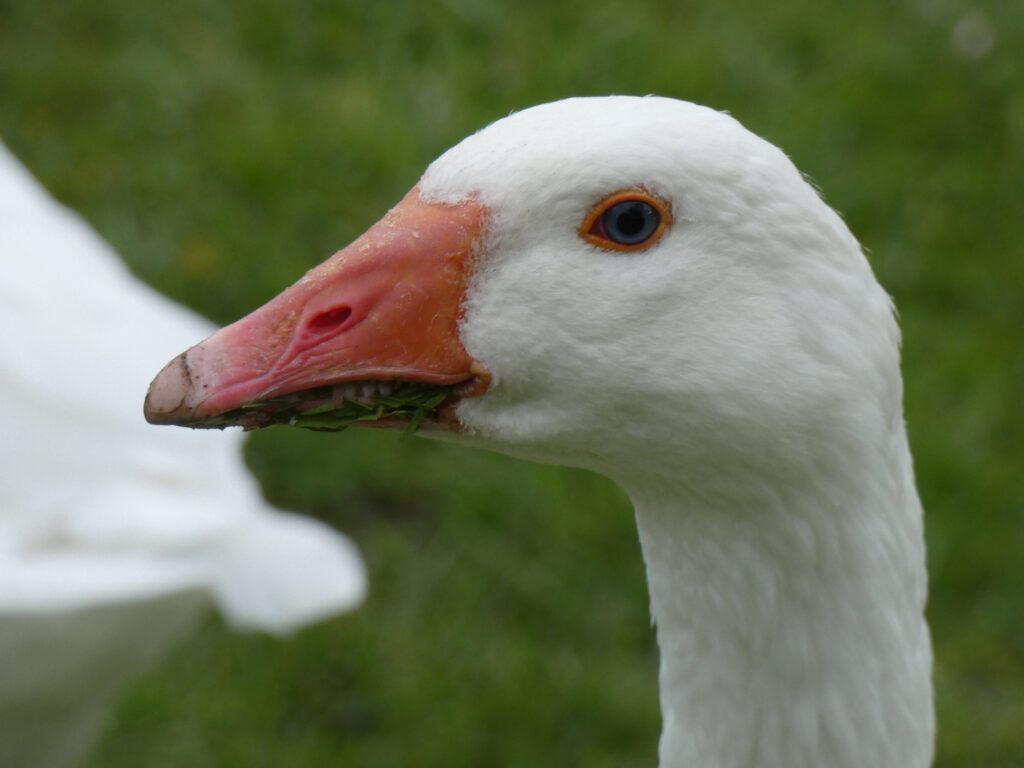

Birdwatching: Sea and Coastal Birds
Oyster Catchers are black and white sturdy waders, they have long orange-red beaks and pink legs, flying especially notable are the white wing stripes and black and white tails. Large numbers of Oyster Catchers are found in the Wadden region and the Delta. During the breeding season, the Oyster Catcher can be seen in almost all of the Netherlands. Especially in farmland and also increasingly in the city. The Oyster Catcher is a native protected bird that lives in the wild in the Netherlands. For several years now, the number of Oyster Catchers has been declining and this is due in part to the overfishing of mussel beds. An Oyster Catcher lives on shellfish such as linnets, mussels, and cockles. The Oyster Catcher also eats worms, seaweed, crabs, and shrimp. On grasslands mostly earthworms and insects.
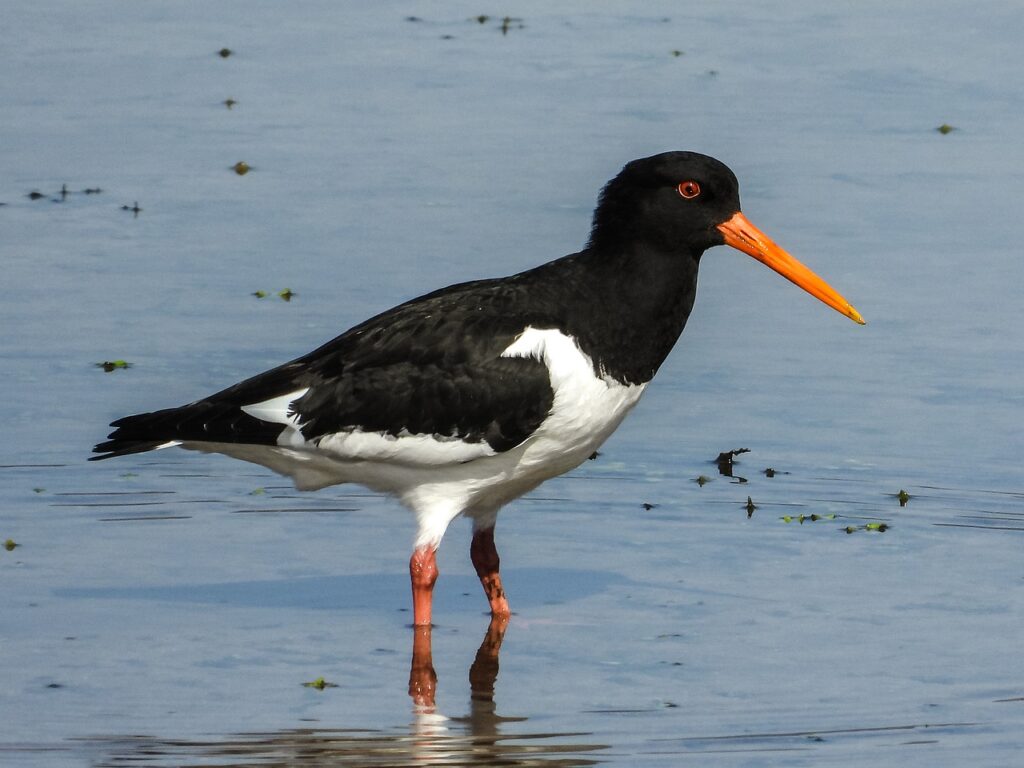
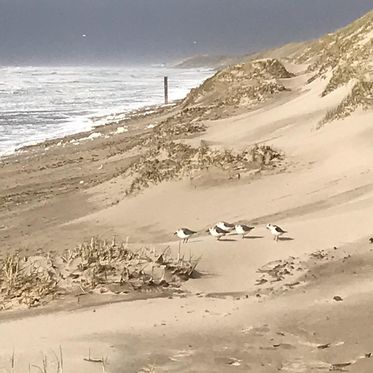
Bird artists, birds as art objects. Artworks inspired by birds.
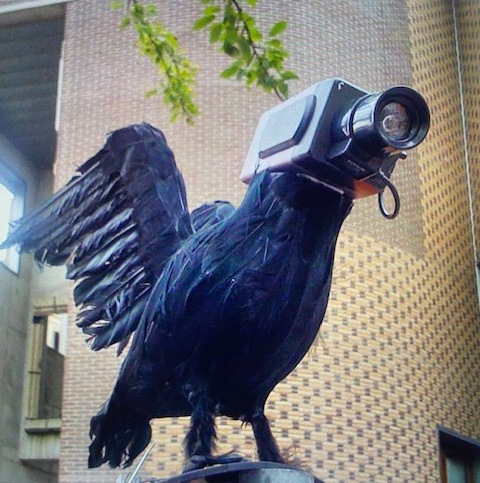
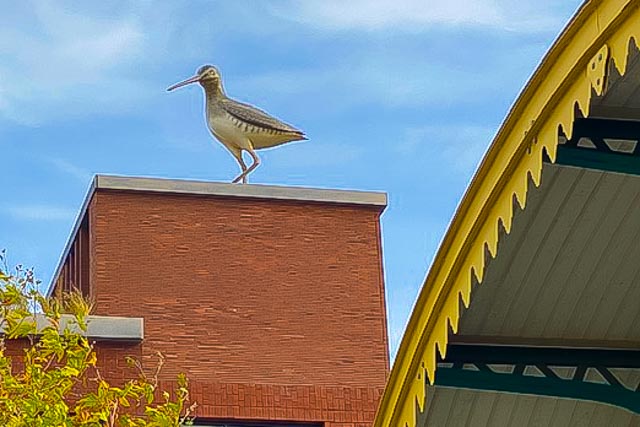
Birds are an inspiration for street art artists. This huge beautiful street art bird can be admired at the NDSM wharf near the Street Art Museum in Amsterdam.
➔ READ MORE – STREET Art Museum Amsterdam
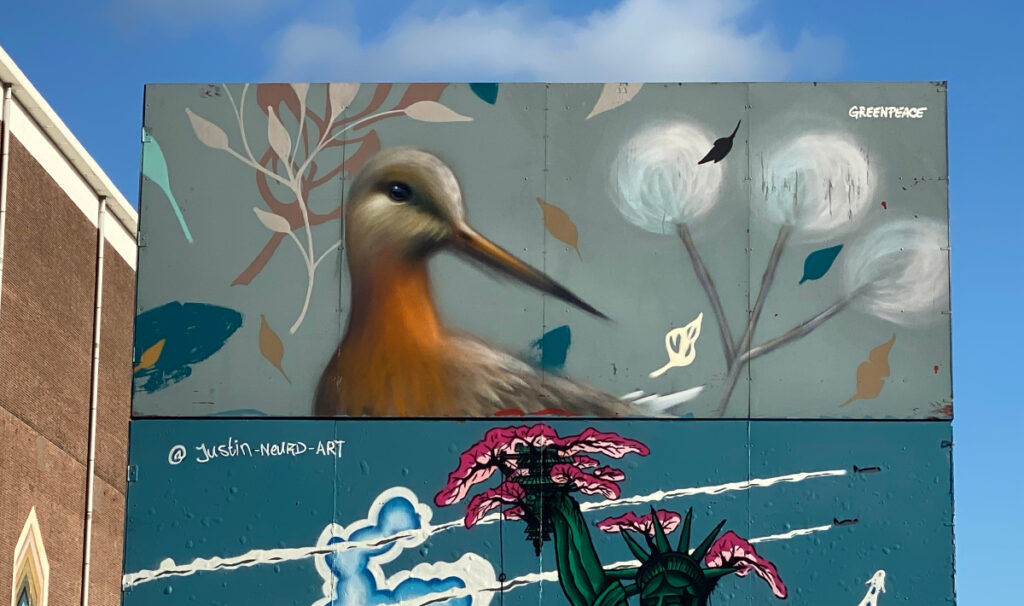
Binoculars
If you want to spot birds, you need good binoculars. Also, nature lovers, nature observers, and wild spotters need good binoculars. So What are good binoculars for nature observations and where should you pay attention to?
Vogelbescherming Netherland, translated as Bird Protection Netherland, has listed several tips that you should pay attention to when purchasing binoculars that are specifically aimed at bird watching. If you are thinking of buying good binoculars go to a specialist store where the staff can advise you well. For example in the Netherlands, the stores Beversport and Kamera Express are specialized in binoculars for bird spotting. Good binoculars can be bought between € 200 and € 3100. The investment in a good binocular gives you years of pleasure.
➔ READ MORE – Vogelbescherming / bird protection Netherlands, best binoculars
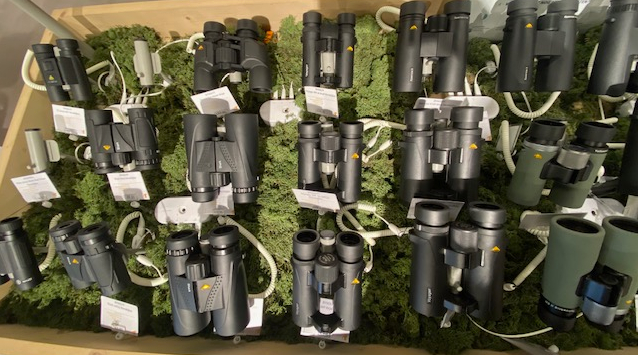

Some binoculars magnify 10x and binoculars magnify 8x, which one you choose isn’t just about how hard your hands are shaking but also about your personal preference. Many birdwatchers love to go bird watching from dawn to sunrise and at dusk at sunset. So it is nice to have good binoculars so that you can adjust to these conditions. The conditions for a good d binocular are that it is light, robust, compact, waterproof, has the possibility of eyepiece adjustment, and gives a sharp and clear view with a good color rendition.
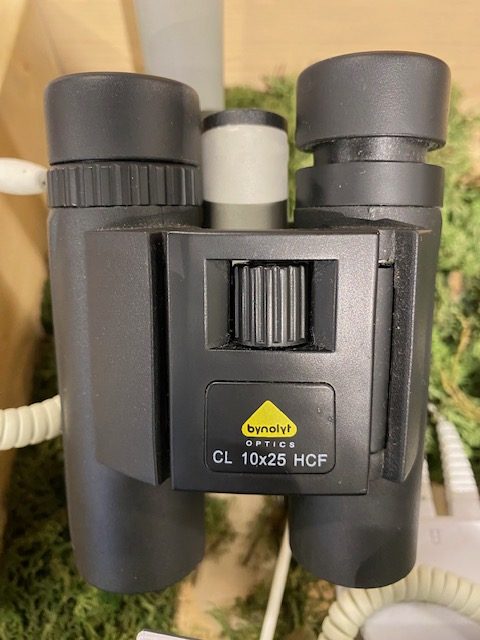
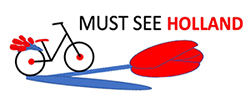
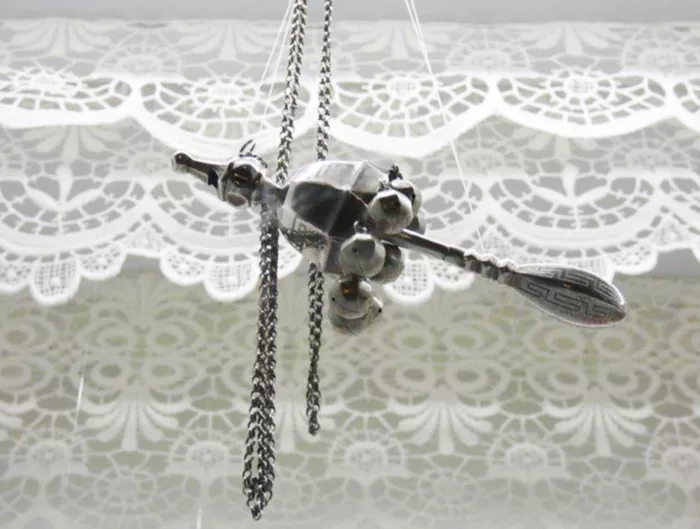





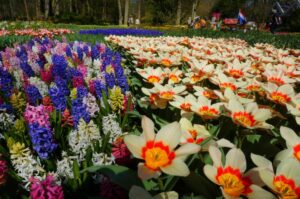

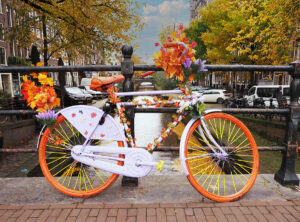
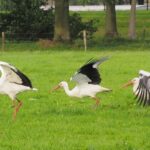
Leave A Reply